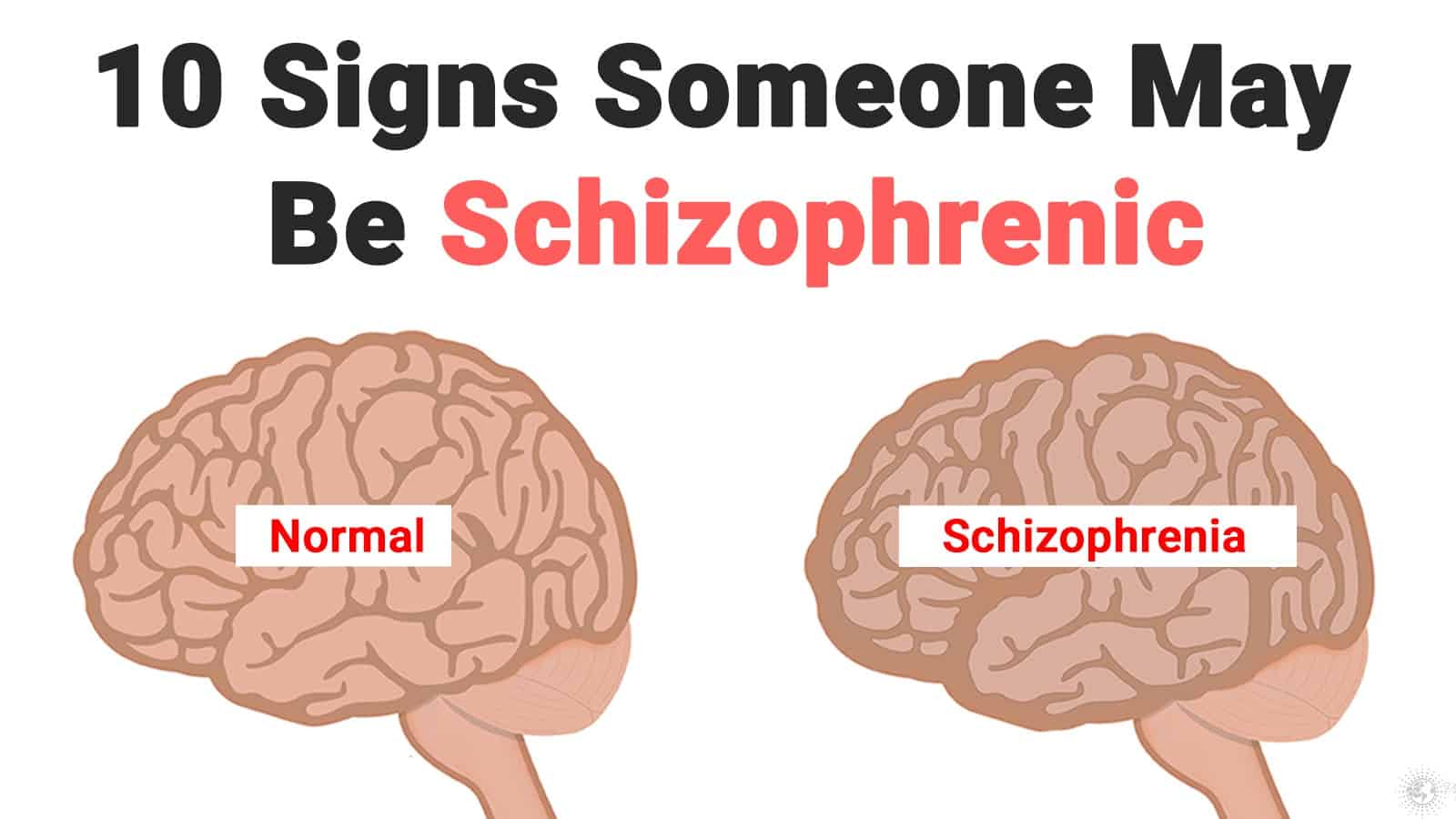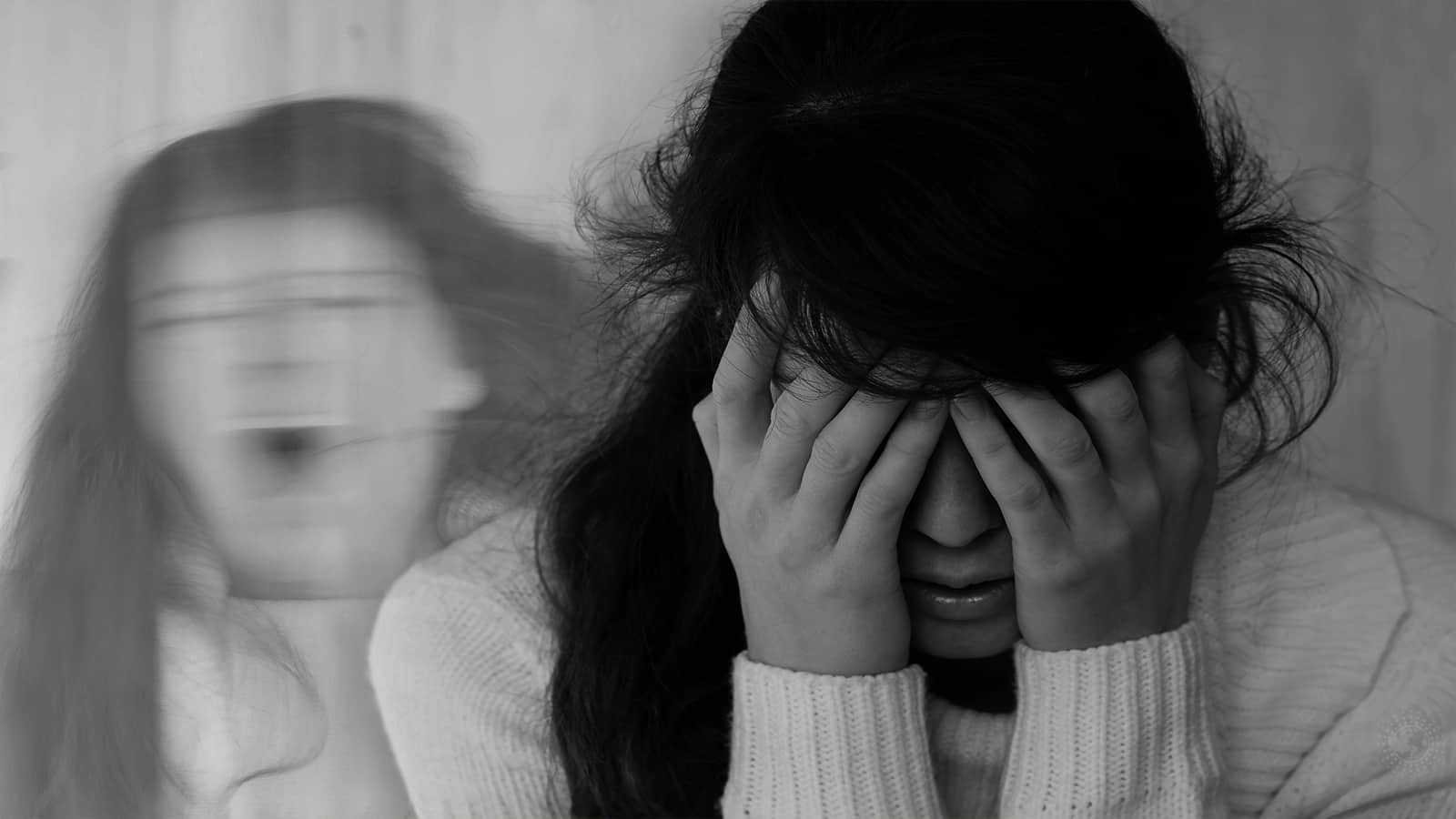Schizophrenia is a serious mental disorder that affects how a person thinks, behaves, and/or acts. Diagnosing schizophrenia is now easier for doctors, thanks to new imaging technology developed by Japanese scientists.
While it only affects less than one percent of the population, it is one of the most focused-on mental disorders in the scientific community. A person with schizophrenia may exhibit extremely bizarre behavior that can be hard to ignore.
As of right now, schizophrenia is incurable, and scientist don’t even know what causes it. The disorder is a scientific mystery. Because of this, it’s a big deal when there is any breakthrough in research on the condition. That’s why this new technology that can help with diagnosing schizophrenia is exciting news in the scientific and medical communities.
About Schizophrenia
Although the mental disorder affects only a small portion of the population, it can be extremely disabling. Despite the severe symptoms, around 40 percent of people diagnosed with the disorder go untreated each year.
 Some of the common symptoms include:
Some of the common symptoms include:
- Hallucinations
- Delusions
- Inability to interpret and properly react to sensations
- An altered sense of self
- Strange emotions and behavior
Most people with schizophrenia are not dangerous. However, if schizophrenia is bad enough, some people can become a danger to themselves and their people.
A diagnosis of schizophrenia usually occurs after the person has suffered from an episode of psychosis. Psychosis is like schizophrenia, so it makes sense that it will have some of the same symptoms.
Behaviors to watch for:
It can also have some additional strange behavioral symptoms as well. They can include:
- Ignoring self-care like personal hygiene.
- Communication issues.
- Sudden decline in performance at work or school.
- Concentration problems.
- Extreme suspicions of other people.
- Difficulty separating fantasy from reality.
- Sleep problems.
- An overall lack of motivation.
All people who have psychosis don’t necessarily have schizophrenia, but it’s a big indicator that they might.
Current treatments for schizophrenia include medication and psychotherapy. Medications can be helpful, but they have a slew of uncomfortable side effects like weight gain, drowsiness, and more. These side effects can become so significant that people stop taking the medication, making schizophrenia worse.
Psychotherapy can be helpful, though not necessarily as helpful as medication. These two treatments can help a person lead a relatively normal life, but they’re shaky treatments at best, and they rely on the person cooperating with treatments for the long term (the mental disorder may somehow convince them to stop treatments). Really, there are no great treatments for schizophrenia. This breakthrough research is a much-needed discovery in diagnosing schizophrenia and treating it.
Details of the Research
There may not be a cure for this mental disorder, but some treatments are available to help people cope with the symptoms. However, current treatments could use significant improvements, and Ryuta Mizutani, professor of applied biochemistry at Tokai University in Japan, and his team set out to explore this in their research.
According to Professor Mizutani, current treatments are based on many theories but not necessarily proven facts. This is partly because science did not have the technology needed to study the disorder. Until now.
In a partnership with Argonne National Laboratory and the U.S. Department of Energy (DOE), Professor Mizutani and his team used the latest, groundbreaking technology in the world to, as Mizutani put it, to
“… analyze the brain and see how it is constituted differently.”
 Current Imaging Technology
Current Imaging Technology
Analyzing the brain through x-ray technology isn’t new – that’s precisely what computed tomography (CT) scans do. However, these incredible machines aren’t powerful or advanced enough to zoom in on brain cells as closely as needed to provide definitive answers about schizophrenia.
Brain cells are composed of around 100 billion neurons and glial cells. Neurons are the main focus of the research, and they range in size from 4 microns (.004 mm) to 100 microns (.1 mm) in diameter.
Even though CT technology has now evolved into micro-CT technology, these machines still can’t image smaller than 100 microns. You can now see why studying schizophrenia in-depth has been an issue – even the most advanced imaging devices can only see down to the largest neurons.
The Latest Imaging Technology Comes to the Rescue
Argonne National Laboratory has special equipment they call the Advanced Photon Source (APS). They have machines known as beamlines that provide high-powered imaging capabilities well beyond those of micro-CT devices. Currently, the group operates four beamlines – the High Energy tomography beamline, the Multiscale Full-Field Imaging beamline, 2-BM, and 32-ID. Professor Mizutani used beamline 32-ID for his research.
Beamline 32-ID is currently capable of providing full imaging of particles as small as .025 microns. There are only a few places in the world that offer imaging resolution of this caliber. Even still, APS is working to make it even more efficient. Research and development are currently happening to increase this imaging to .015 microns.
While beamline 32-ID provides a closer look at neurons than was ever before, it was still challenging to look at the neurons in the way that Professor Mizutani needed to. The neurons needed to be followed for several millimeters, but the field of view of beamline 32-ID is only 50 microns wide, about the width of a human hair. While they were able to see the neurons relatively clearly, they had to devise a way to essentially create a moving x-ray.
The Study and What the Team Discovered
Despite the difficulties and, interestingly, the limits of the most advanced imaging machine in the world, Professor Mizutaki’s team was able to complete their research and found fascinating results. In order to understand the significance of the results, let’s look together at an overview of the findings.
To start, they used post-mortem brain samples collected from four healthy patients and four schizophrenic patients. These samples happen to be the same samples they used in a previous study into Brodmann area (BA) 24.
Side note:
Brodmann areas are named after the German neurologist Korbinian Brodmann. He mapped out 52 distinct regions in the brain according to their cytoarchitectonic characteristics. Although he conducted his work in the late 19th century, this brain map remains relevant and useful today.
Previous research
In the previous study, they looked at the structure of the neurons. They found that the curvature of neurons was uniquely individual among all subjects. However, they found an extraordinary difference in the schizophrenic samples.
In this study, they focused on BA-22, comparing the healthy brain samples’ structures to the schizophrenic ones once again. Though the structures of the neurons were unique in each individual, researchers also found consistent differences between the healthy samples and the schizophrenic ones. They were able to see the differences more clearly in this study. These differences were:
- Fatter tails in the schizophrenic samples (neurons all have tails on one side).
- Rough, torturous surfaces on the schizophrenic neurons vs. smooth surfaces on the healthy ones.
- The schizophrenic neurons were significantly more curved than those of the healthy ones.
- The healthy neurons were thicker than the schizophrenic neurons.
According to Mizutani, this is evidence that there is some association between these neuron structures and schizophrenia. He states they need further studies and more advanced technology (discussed below) to figure out the precise association.
How This Information Can Help with Diagnosing Schizophrenia
The research done by Professor Mizutani and his team is far from the point of being usable in any practical form. Still, it is a significant advancement in understanding the disorder and how it works. The hope is that after further research of this nature, scientists will be able to use imaging to diagnose schizophrenia rather than behavioral guesswork.
The team is planning to expand this research after the APS upgrades beamline 32-ID. The upgrade will make the beamline 500 times brighter so researchers will be able to capture synaptic connections. According to Vincent De Andrade, the physicist in Argonne’s X-ray Science Division, this will be the “holy grail for a comprehensive mapping of neurons.” If they can accomplish this feat, the possibilities would be endless. Some even speculate that they might be able to prevent or cure the mental disorder one day.
The research was initially published in the Translational Psychiatry journal on January 14, 2021.
 Final Thoughts on Diagnosing Schizophrenia
Final Thoughts on Diagnosing Schizophrenia
The current methods of diagnosing schizophrenia can only happen after the person has the mental disorder. Since the disease seems to show up in people during their late teens to early twenties, it would be great if scientists came up with a way of diagnosing schizophrenia before then. This could lead to the possibility of stopping the disorder in its tracks before it gets worse.
It might be a stretch to hope for a cure – technology is probably light years away from being able to assist with this – but it’s reasonable to expect for better treatments. All you can do right now is take Professor Mizutani’s study as a win and keep hoping for the best.

















